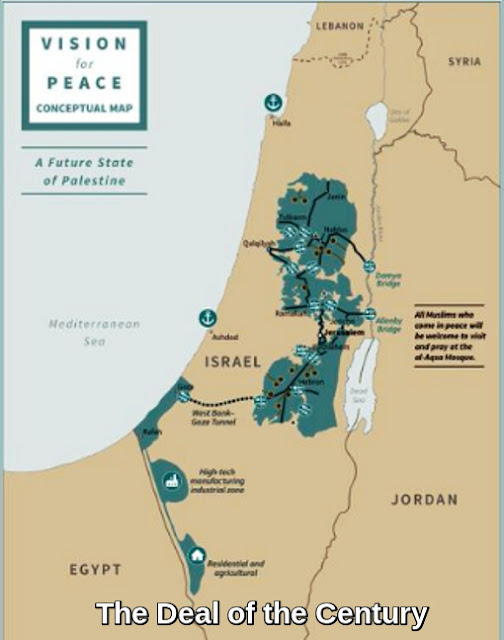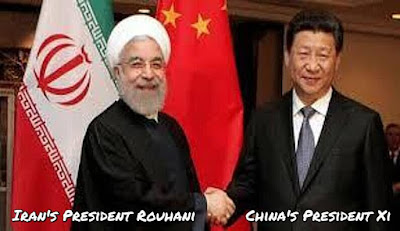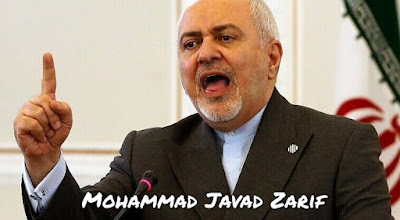Already available as an ebook, and due to be published on 28 August 2020 as a paperback, ‘Trump and the Holy Land: 2016-2020’ is the only full account of President Donald Trump’s bold effort to deliver a plan for Israeli-Palestinian peace. Tracking and analysing everything from inception to unveiling, I examine the plan from both a geopolitical and economic perspective, ultimately begging the question – what will be the eventual fate of the “deal of the century”?
"I would love to be the one who made peace with Israel and the Palestinians," said Donald Trump as he became US President in 2017. "That would be such a great achievement."
"Trump and the Holy Land 2016-2020" is the history of that effort. It traces the development of what he called the "deal of the century" from its inception to its final unveiling on 28 January 2020.
On 28th January 2020, President Donald Trump stood next to Israeli Prime Minister Benjamin Netanyahu and unveiled his plan, officially titled “Peace to Prosperity: A Vision to Improve the Lives of the Palestinian and Israeli People”.
On 28th January 2020, President Donald Trump stood next to Israeli Prime Minister Benjamin Netanyahu and unveiled his plan, officially titled “Peace to Prosperity: A Vision to Improve the Lives of the Palestinian and Israeli People”.
Known to most as the “Deal of the Century”, it was a bold plan to achieve Israeli-Palestinian peace, something first announced by Trump during his presidential campaign. Since its inception, I have been tracking its every move.
For the first time, the entire deal and its journey have been chronicled in book form. ‘Trump and the Holy Land: 2016-2020’ has been four years in the making; the product of much research, writing and analysis.
Starting with pledges Trump made during his presidential election campaign, I trace the development of what he termed “the deal of the century” from its inception to its final unveiling on 28 January 2020. The account of its evolution is set against the backdrop of a turbulent Middle East including such seminal events as Trump’s recognition of Jerusalem as Israel’s capital and his relocating the US embassy there. These, and much more, provide the setting for the slow emergence of the peace plan - events such as the defeat of the Islamic State caliphate, Trump’s withdrawal from the Iranian nuclear deal, the centenary of the Balfour Declaration, and the discovery of vast gas and oil reserves in Israeli waters.
The story of the origins, the development, and the unveiling of the “deal of the century” can be seen and judged effectively only within the context of the ever-shifting political kaleidoscope. ‘Trump and the Holy Land: 2016-2020’ does just that.
PAPERBACK RELEASE DATE: 28 August 2020
ISBN: 9781838595050 Price: £12.99
E-book price: £5.99
See further details on the publisher's website:










